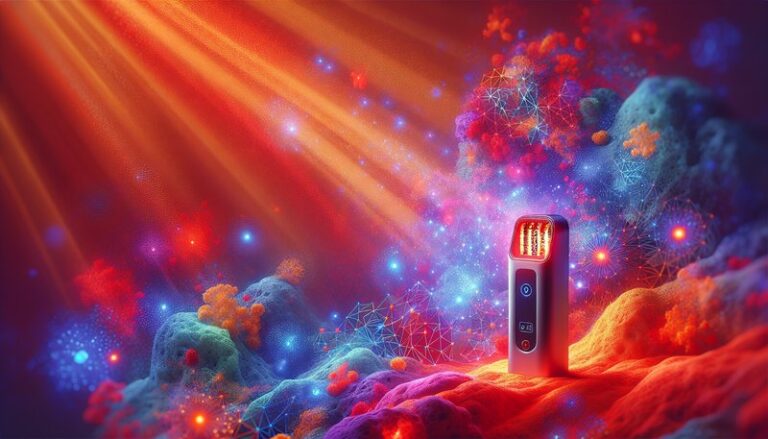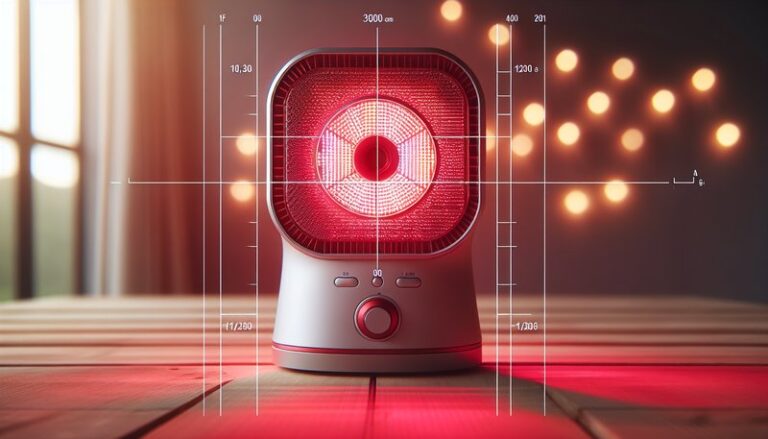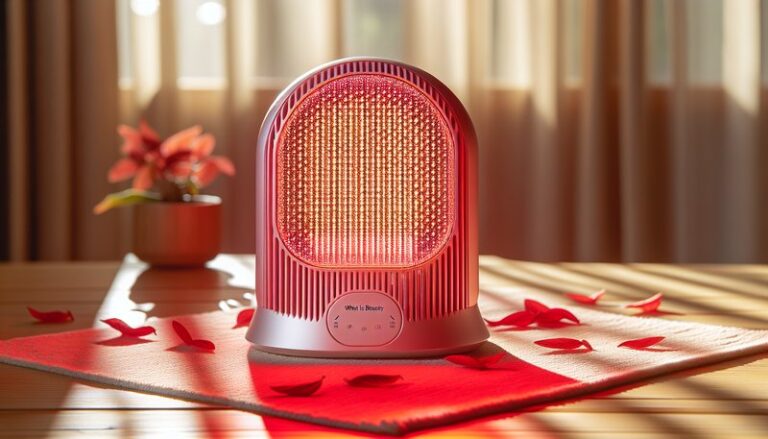Does Red Light Therapy Help Varicose Veins?
Does Red Light Therapy Help Varicose Veins?
How effective is red light therapy in treating varicose veins?
Varicose veins are a common condition that affects many people, causing discomfort, swelling, and aesthetic concerns. This article explores the potential of red light therapy as a treatment option for varicose veins. We will discuss what red light therapy is, its benefits, considerations before starting treatment, alternatives, and answer frequently asked questions on the topic.
Key Takeaways
- Red light therapy may improve circulation and reduce the appearance of varicose veins.
- It is non-invasive, making it an attractive alternative to surgical options.
- Consultation with a healthcare professional is essential before starting treatment.
What is Red Light Therapy?
Red light therapy, also known as low-level laser therapy (LLLT) or photobiomodulation, is a treatment method that uses specific wavelengths of light to stimulate cellular function. This type of therapy works by penetrating the skin to reach deeper tissues, enhancing blood flow and promoting healing.
Red light therapy is based on the principle that the body can absorb light energy and convert it into biological energy through a process called photobiomodulation. This allows the body to repair itself more effectively, potentially alleviating symptoms associated with various conditions, including varicose veins.
Learn the whole story Red Light Therapy Bed
How Does Red Light Therapy Work?
The therapy generally involves the use of LED or laser light devices that emit wavelengths between 600 and 1000 nanometers. These wavelengths are absorbed by the skin’s tissues, leading to a variety of beneficial effects.
- Increased Circulation: Red light can improve blood flow, helping to alleviate the inflammation and pain associated with varicose veins.
- Cellular Repair and Regeneration: The treatment stimulates fibroblasts and other cells that help in tissue repair, potentially aiding in the healing of the affected veins.
What are the Benefits of Red Light Therapy?
Red light therapy has garnered attention for its potential benefits in managing varicose veins and related symptoms. Here are some key benefits:
See our post on How Does Light Therapy Work?
Pain and Inflammation Reduction
Studies suggest that red light therapy can significantly decrease pain and inflammation, which are often experienced by individuals with varicose veins. Patients may notice reduced swelling and discomfort after just a few sessions.
Enhanced Healing Process
By promoting cellular regeneration, red light therapy may expedite the healing process of damaged tissues. This can be particularly beneficial for individuals with chronic venous insufficiency related to varicose veins.
Non-Invasive and Painless
Unlike surgical procedures for varicose veins, red light therapy is a non-invasive treatment option that does not require any downtime. Patients can resume their daily activities immediately after treatment without significant discomfort.
Improved Skin Appearance
Regular sessions may lead to reduced visibility of varicose veins, improving the skin’s overall appearance. Many patients feel more confident wearing shorts or swimsuits after undergoing this therapy.
Is it Possible to Treat Varicose Veins with Red Light Therapy?
The feasibility of treating varicose veins with red light therapy has been the subject of various studies. While it shows promise, individual results can vary based on the severity of the condition and the consistency of therapy sessions.
What are the Advantages of Treating Varicose Veins with Red Light Therapy?
- Minimal Side Effects: Most patients experience few to no side effects, making it a safe alternative for those hesitant about invasive procedures.
- Accessibility: Red light therapy devices can be found in numerous clinics and some are available for at-home use, increasing treatment accessibility.
- Complementary Treatment: It can be combined with other therapies or lifestyle changes for a holistic approach to managing varicose veins.
What are the Disadvantages of Treating Varicose Veins with Red Light Therapy?
- Time Commitment: Multiple sessions are often required to see significant results, which can be a drawback for some patients.
- Variable Efficacy: Not all patients may respond to the therapy, leading to uncertainty about its effectiveness.
- Cost Considerations: While potentially less than surgical options, the cost of multiple therapy sessions can still be considerable.
What are the Things to Consider Before Starting Red Light Therapy?
Before beginning treatment, several factors should be taken into account:
Medical Consultation
Always consult a healthcare professional to discuss your specific condition and medical history. They can help determine whether red light therapy is a suitable option for you.
Treatment Protocol
Establish a clear treatment plan with your provider, including the frequency and duration of sessions. Understanding what to expect can improve the overall experience.
Personal Commitment
Consider your willingness to commit to a series of treatments, as regular sessions are typically necessary for optimal results.
Skin Sensitivity
If you have sensitive skin or existing skin conditions, discuss these with your practitioner to ensure the therapy will not exacerbate any issues.
What are the Alternatives to Red Light Therapy?
If red light therapy does not seem suitable, various alternative treatments are available for managing varicose veins:
Compression Therapy
Wearing compression stockings can aid circulation and reduce swelling. This non-invasive method is widely recommended by healthcare professionals.
Sclerotherapy
A minimally invasive procedure where a solution is injected into the vein, causing it to collapse and fade from view. This method has a long track record of effectiveness for varicose veins.
Vein Stripping
In severe cases, surgical vein stripping may be necessary to remove problematic veins entirely. This is typically considered when non-invasive methods do not provide relief.
Lifestyle Adjustments
Simple lifestyle changes like regular exercise, weight management, and elevating the legs can significantly alleviate symptoms and slow the progression of varicose veins.
Conclusion: Is it Recommended to Use Red Light Therapy for Varicose Veins?
In conclusion, red light therapy presents a promising non-invasive option for managing varicose veins, with various benefits ranging from pain reduction to improved appearance. However, it is crucial to consult a healthcare professional before starting treatment, as individual needs and responses can differ. Weighing the potential benefits against the considerations and exploring alternatives will help you make an informed decision about your treatment journey.
Frequently Asked Questions
Does red light therapy hurt?
No, red light therapy is generally painless. Patients may feel a slight warmth but no discomfort during treatment sessions.
How long does it take to see results?
Results vary by individual, but many patients start noticing improvements after several sessions, typically around 4-6 weeks of consistent therapy.
Can I use red light therapy at home?
Yes, some devices are available for at-home use, but it is advisable to consult with a healthcare provider for guidance on appropriate models and usage.
How often should I have red light therapy sessions?
Most practitioners recommend 2-3 sessions per week for optimal results, but this can vary based on individual treatment plans.
Are there any side effects?
Most patients experience no side effects. However, minor skin irritation or sensitivity may occur in some individuals. Always consult with a professional if you have concerns.





